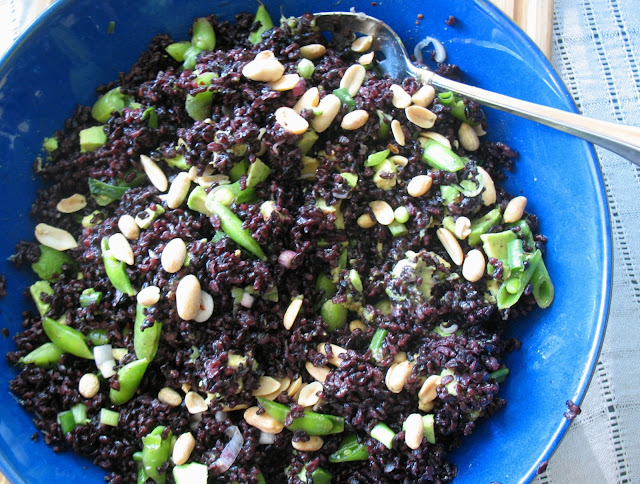I know it’s very unlikely
that you need instructions for making a sandwich. Really all you need when it
comes to sandwich recipes is an idea of what to stuff between bread or wrap up
with a tortilla or whatever. This one, I’m going to tell you all about,
however, for three reasons. First, it’s a great use of these Braised Greens with Bacon and Onion, or any other cooked greens flavored the way you like
them. 2) While I didn’t make this recipe vegetarian this time around, you could
very easily do so. I had originally made panini like this as an exploration in
vegetarian sandwiches. And C. It’s really, really delicious this way and if you
use this recipe as a guideline, I truly believe you’ll be heading in a wonderful
direction in your sandwich-making life.
The instructions below are
for one sandwich at a time, and can, of course be multiplied to fit your needs.
All that happens here is some bacon and some cooked greens go on a sandwich
roll, such as those little square-ish ciabatta rolls you can get at
supermarkets. (I like the ones from Trader Joes.) Thin slices of your favorite
cheese get in there, too, because this is a pressed and toasted sandwich, and
gooey melting is required.
I also really love to spread
one of the inside surfaces with a sweet-spicy relish of some sort. There are
all kinds of them out there. You could also use a pepper jelly or dipping
sauce, chutney, or, if you prefer things milder, some kind of caramelized
onion/balsamic vinegar jam.
You could use any kind of
bread here, too. If you use a crusty roll, you really don’t need to butter the
outside of the bun. (Plus, it’s kind of hard to do.) If you use slices of
bread, you may want to butter the outside so you can get a golden, toasty
surface. The thinner your bread, the thinner the pressed sandwich, of course,
which is why I like to use a crusty-ish roll or a thick slice of a heartier
bread.
I use a panini press to make
these sandwiches, but you could use a skillet on the stove and press your
sandwich with some kind of weight, even another skillet. If you do things this
way, you will need to flip your sandwich to get it toasted on both sides.
I love the flavors of this
slightly weird sandwich. The greens, whether they are the Braised Greens with
Bacon and Onion or some kale sautéed with lots of garlic make a delicious,
surprisingly flavorful sandwich base. I used a Spanish Iberico cheese. Anything
that you like that melts well will do, although I like something a little
stronger. In my opinion, the sweet-spicy relish makes everything wonderful,
popping through the earthy greens and gooey cheese. And then there’s bacon.
Well, we all know about the Midas touch that has. This sandwich is perfectly
wonderful without it, though. Don’t avoid a greens sandwich just because you
avoid bacon. There’s way too much good going on for that kind of attitude.
Greens and Cheese Panini with Bacon
For each sandwich:
1 sandwich roll, split, or 2
slices sandwich bread
Softened butter for the bread
if desired
¼ cup cooked greens, such as
Braised Greens with Bacon and Onion, well-drained of excess liquid
1-2 thin slices well-melting
cheese
1 ½ - 2 strips cooked bacon
2 teaspoons red pepper
relish, or sweet-spicy sandwich spread of your choice
1. Preheat a panini press or
a skillet on the stove to medium heat. If desired, spread butter on the outside
of each bread slice or bun.
2. Place the cheese on the
unbuttered side of one bread slice or the bottom bun half. Place the bacon on
top of the cheese. Place the greens on top of the bacon
3. On the unbuttered side of the
remaining bread slice or the top bun half, spread the red pepper relish. Place
the top bun half on the greens.
4. Place the sandwich onto
the preheated panini press or pan. Close the lid, press the sandwich and cook
according to manufacturer’s instructions until the cheese is melted, the
sandwich is heated through and the bread is toasted. If not using a press,
place a weight or another pan on top of the sandwich in the heated pan. Flip
the sandwich over and press to toast the other side.
Makes 1 sandwich. Multiply or
repeat as needed to make more sandwiches.
Another recipe like this one:Tacos with Sauteed Greens and Fresh Cheese















